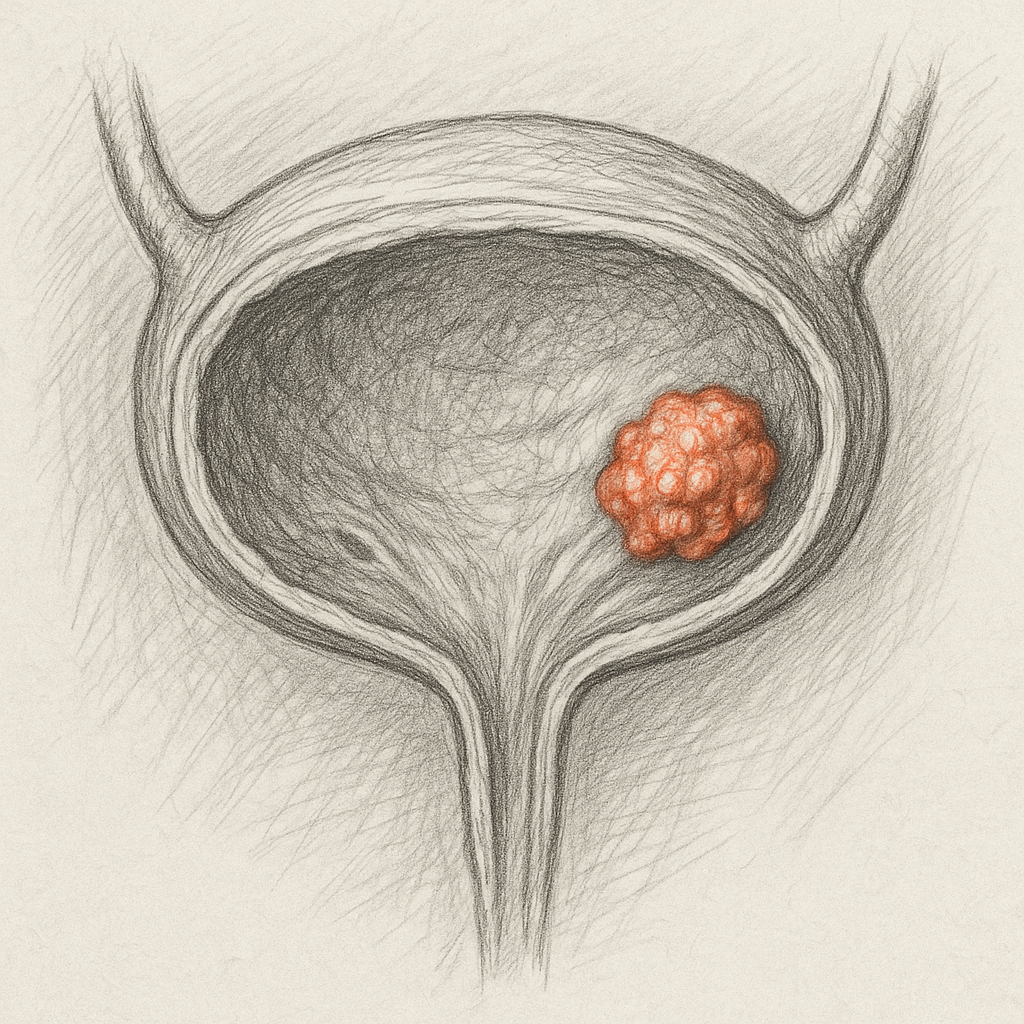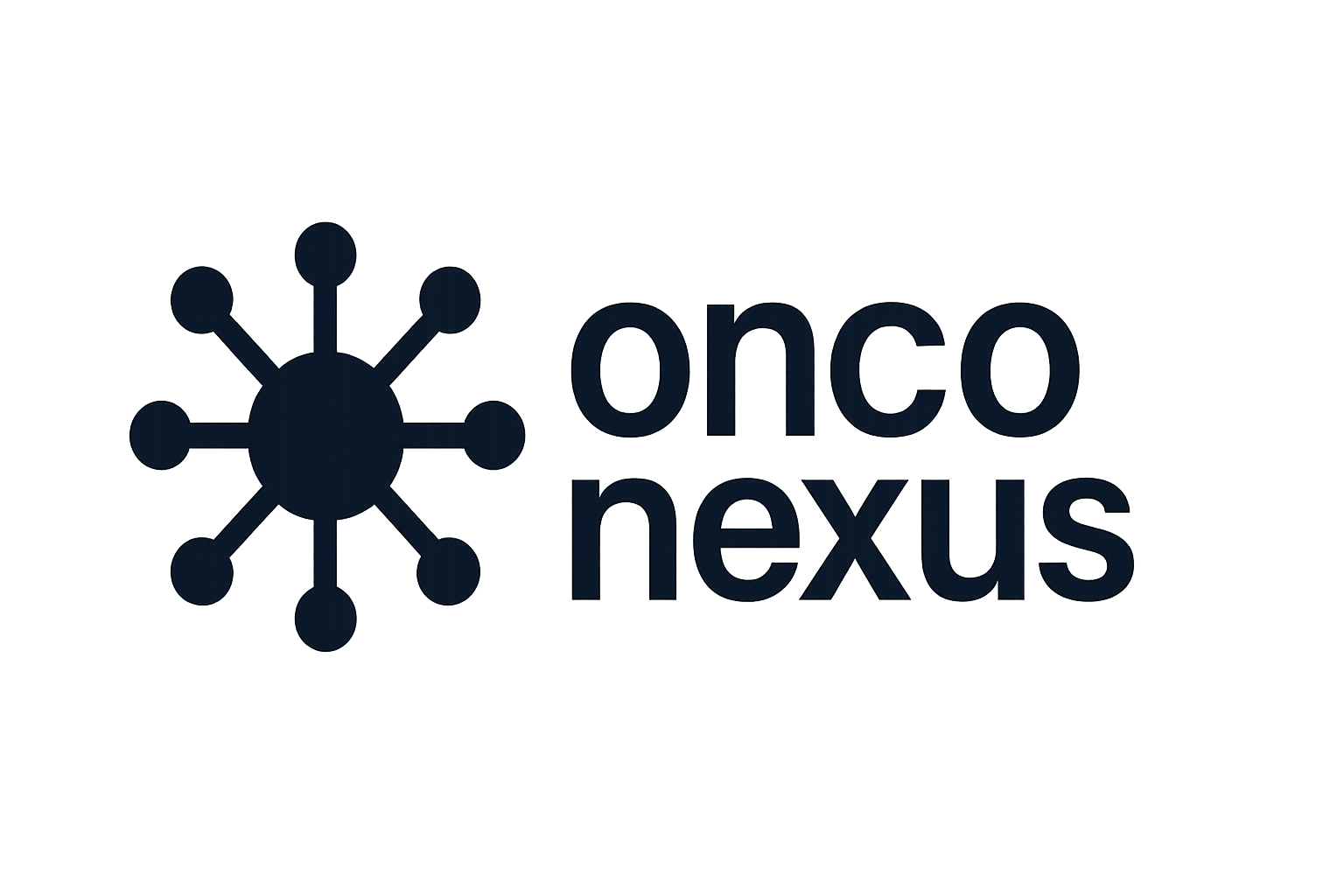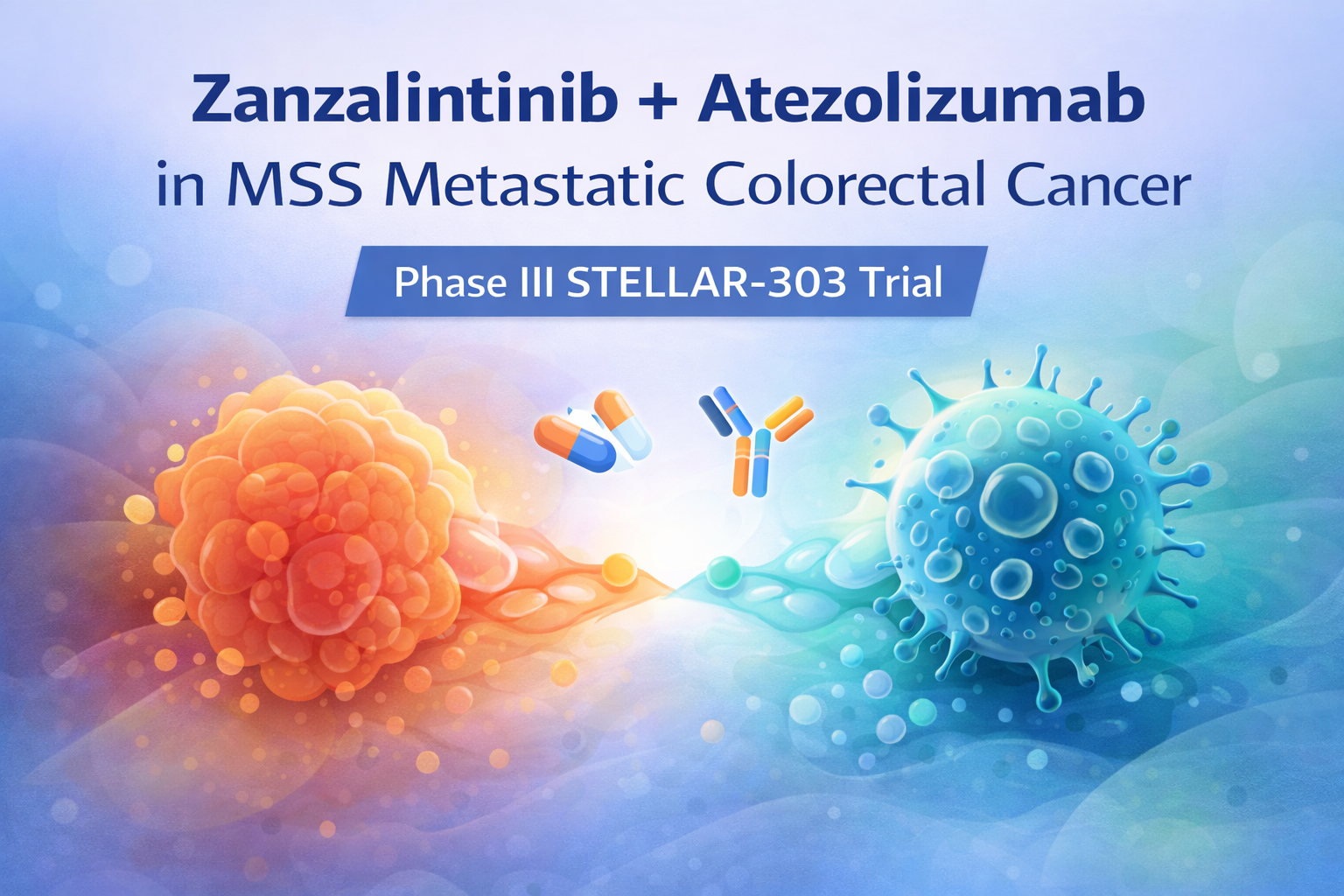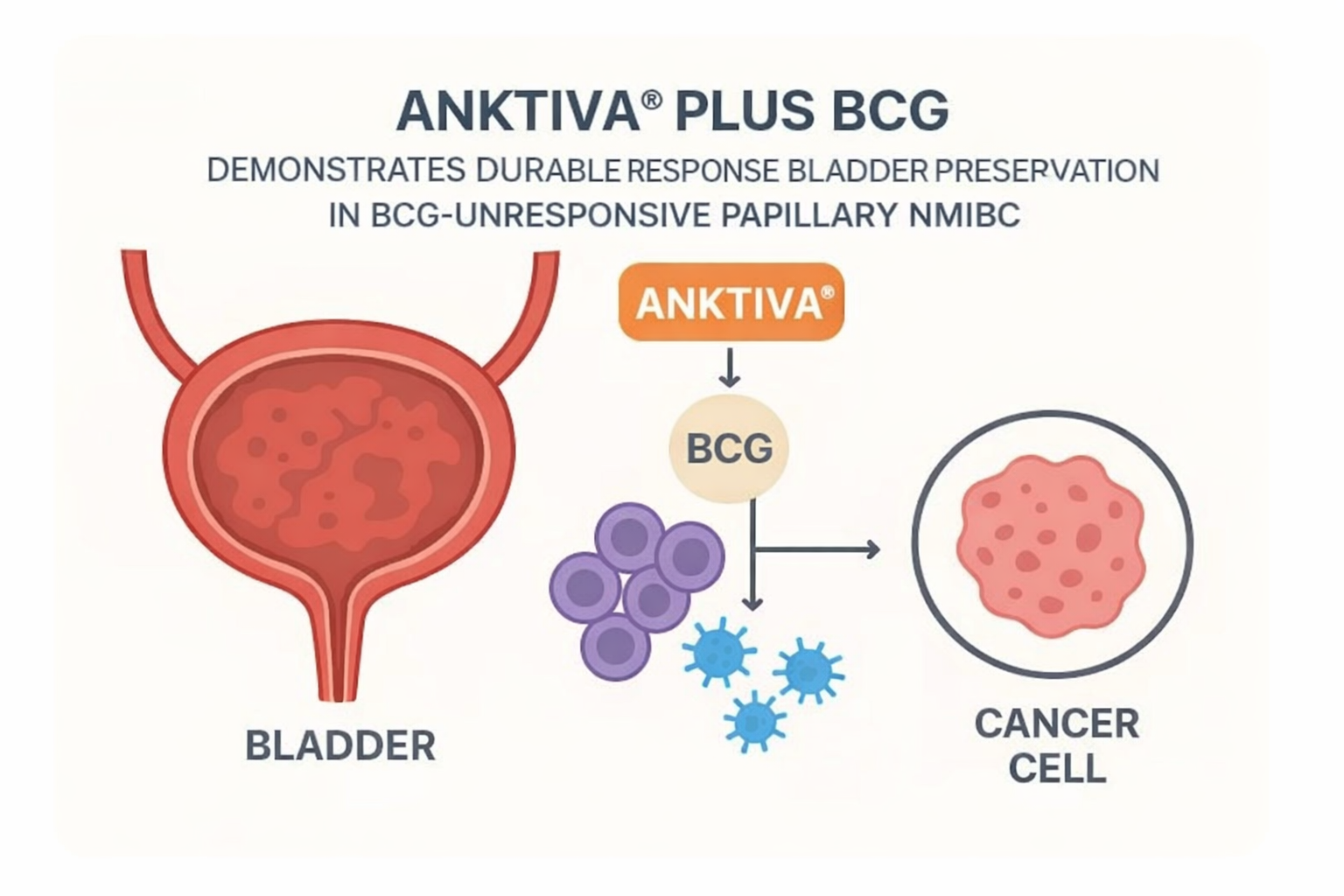

Source: GU Oncology Now
URL: https://www.guoncologynow.com/post/bladder-cancer-at-a-crossroads-sequencing-biomarkers-and-combination-therapy

Multiple new intravesical therapies for non-muscle invasive bladder cancer (NMIBC) are showing promising efficacy with manageable toxicity profiles, offering BCG-unresponsive patients viable bladder preservation options. Cretostimogene achieved 46% response rates at 1 year and 33.7% at 2 years with no grade 3 adverse events, while combination strategies and AI-driven biomarkers may optimize treatment sequencing.
Study Design & Population
- Expert panel discussion from AUA 2025 Annual Meeting
- Focus on treatment-refractory NMIBC patients seeking bladder preservation
- Discussion of multiple Phase III trial results including BOND, SunRISe-1, CREST, and CISTO trials
- Community and academic urology perspectives represented
Key Findings
- Cretostimogene (BOND trial): 46% efficacy at 1 year, 33.7% at 2 years, no grade 3 toxicities
- SunRISe-1 trial showed similar efficacy numbers for both CIS and papillary disease cohorts
- Gemcitabine/docetaxel (gem/doce) combination therapy established as sequential intravesical standard
- AI-based biomarker using 40x TURBT slide magnification successfully risk-stratifies patients for BCG vs. gem/doce selection
- CORE-A CX trial investigating cretostimogene plus gemcitabine combination approaching
Clinical Implications
- Multiple treatment options now available for BCG-unresponsive NMIBC patients previously facing cystectomy
- Sequential therapy approach allows rational alternating between immunologic and chemotherapy-based agents
- Biomarker-guided treatment selection may optimize first-line therapy choices
- Combination strategies may enhance immune response through increased neoantigen presentation
Limitations
- Panel discussion format lacks systematic data analysis
- Limited long-term follow-up data for newer agents
- Optimal sequencing strategies remain undefined
- Biomarker validation in treatment-refractory populations still emerging



